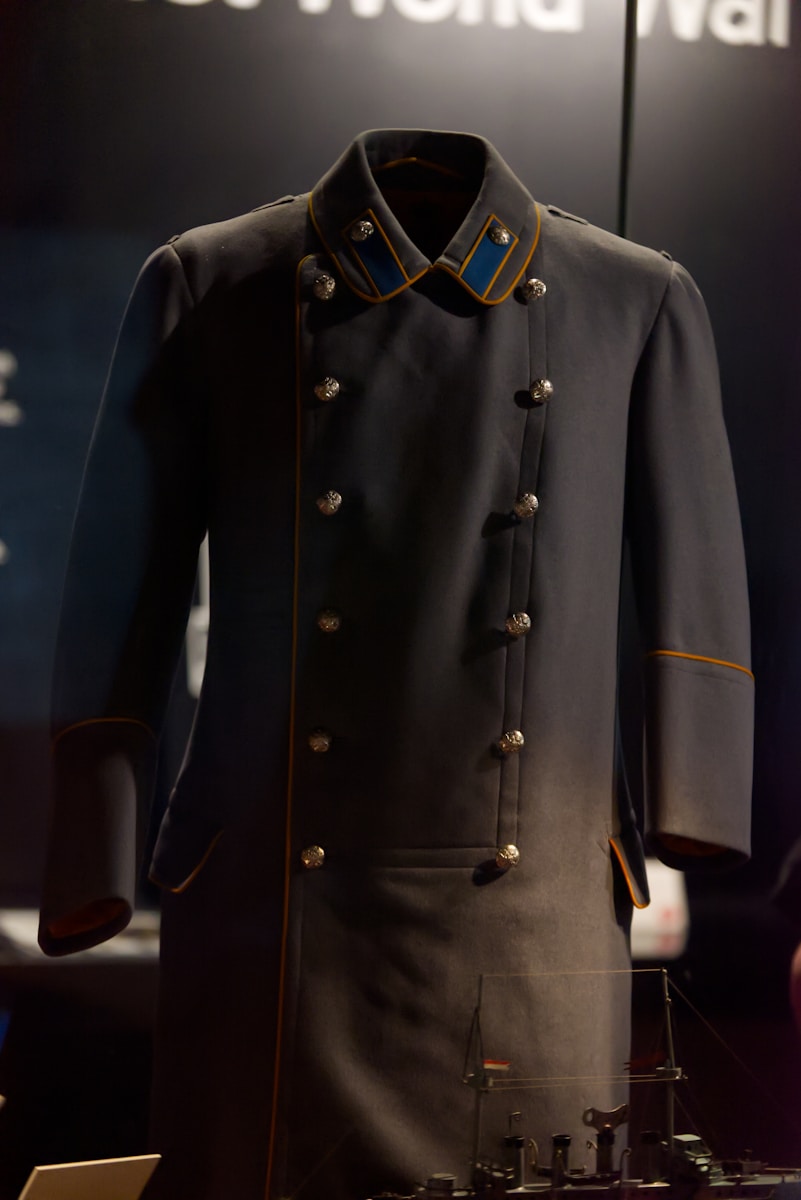Introduction: The Rise of the Chic Uniform
In the evolving world of fashion, trends may come and go, but style remains constant. Amidst the chaos of decision fatigue and ever-shifting fads, the concept of the chic uniform has emerged as a powerful and stylish counterbalance. Far from being boring or repetitive, mastering a chic uniform is about curating a signature style that embodies elegance, ease, and intentionality. It is the art of dressing with clarity—where each piece serves a purpose, and each look reinforces your aesthetic identity.
This essay explores how to elevate your everyday look by embracing the chic uniform philosophy. We will delve into the psychological and practical benefits of uniform dressing, how to build a wardrobe that supports it, and how to express individuality within a structured approach to style.
The Psychology Behind Uniform Dressing
At first glance, the term “uniform” might evoke images of drab sameness, but in the context of fashion, it’s quite the opposite. A chic uniform isn’t about conformity; it’s about consistency with personality. Icons like Steve Jobs, Carolina Herrera, and Fran Lebowitz have all embraced some form of uniform dressing—not because they lacked imagination, but because they recognized the freedom that structure can bring.
When we choose a go-to look or ensemble, we reduce decision fatigue, a phenomenon where the quality of our decisions deteriorates after too many choices. This concept applies to dressing: having a defined personal style streamlines our mornings, empowers our self-image, and frees mental space for creativity in other areas of life.
Moreover, wearing a consistent aesthetic helps build a visual identity. Think of fashion as non-verbal communication. When your look is refined and deliberate, it says something about your values: attention to detail, self-respect, and confidence.
Building the Foundation: Key Elements of a Chic Uniform
A well-curated uniform wardrobe is grounded in versatility, quality, and aesthetic coherence. Below are the building blocks of mastering the art of chic uniforms:
- Anchor Pieces
Every great uniform begins with a reliable foundation—items that are timeless, neutral, and flattering. For example, a crisp white shirt, high-waisted trousers, tailored blazers, or a minimalist dress can be the cornerstones of a wardrobe that feels effortlessly put together.
These pieces should feel good against the skin, move with your body, and reflect your personality. Investing in high-quality anchor pieces pays off in longevity and visual impact.
- Color Palette Discipline
The most sophisticated uniforms are built around a controlled color scheme. This doesn’t mean dressing in monochrome (unless that’s your preference), but rather limiting your wardrobe to hues that complement one another and reflect your vibe—be it earthy tones, muted pastels, or sharp black-and-white contrasts.
By narrowing your palette, mixing and matching becomes seamless, and each outfit looks intentional rather than accidental.
- Silhouette Consistency
Some of the most iconic dressers in history stick to a particular silhouette that flatters their body shape and aligns with their personal style. Whether you prefer structured tailoring or flowy, relaxed garments, maintaining consistency in fit and shape creates visual cohesion that feels refined and distinctive.
From Simple to Sophisticated: Elevating the Uniform
Once the basics are in place, the next step is elevation—adding those extra layers of chic that separate a simple outfit from a stylish one. Here’s how:
- Textural Play
Incorporating a variety of textures adds richness to even the most basic outfit. Think of combining cashmere with denim, silk with leather, or linen with wool. Texture introduces depth, especially when working within a limited color palette. - Minimalist Accessories
In a chic uniform wardrobe, accessories play the role of quiet punctuation. A pair of sculptural earrings, a leather watch, or a structured tote can lift a look without overwhelming it. The key is restraint—each accessory should feel like a considered part of the whole. - Footwear as a Statement
Shoes offer an excellent opportunity to add personality to a uniform. From sleek loafers to sculptural heels, the right footwear can transform a look from utilitarian to editorial. Keep your selection versatile but polished. - Seasonal Variation
Adapting your uniform for different seasons keeps it fresh while maintaining consistency. Swap out materials—linen for summer, wool for winter—but keep the silhouettes and palette in line with your aesthetic. This ensures both comfort and visual harmony year-round.
Individuality Within Uniformity
Contrary to the belief that uniforms stifle creativity, the framework actually enhances it. With your foundation in place, you’re free to play with micro-expressions of your personality: a pop of red lipstick, a patterned scarf, or even an ironic pin on a lapel.
Moreover, personal uniform dressing resists the tide of fast fashion. It centers style over trend, encouraging intentional purchases and reducing waste. In this way, it aligns with both personal values and broader movements toward sustainable fashion.
The chic uniform also empowers people across professions and lifestyles—from entrepreneurs and artists to students and CEOs. It’s democratic in its simplicity, but elite in its execution.
The Uniform as Personal Branding
In a digital age where everyone is their own brand, the chic uniform becomes more than just clothing—it’s a message. Just as logos build recognition for companies, a consistent and elevated personal style does the same for individuals.
Whether you’re walking into a meeting, speaking on a panel, or just grabbing coffee, your outfit communicates confidence, precision, and elegance. People begin to associate your look with your energy, making it a visual shorthand for your presence.
This type of consistency is especially powerful in professional settings, where your appearance can become a signature, setting you apart in subtle but impactful ways.
Overcoming the Fear of Repetition
One of the biggest hurdles people face when embracing uniform dressing is the fear of being perceived as “boring” or “lazy.” But repetition, when done right, is not redundancy—it’s refinement.
Think of the little black dress: iconic not because it changes, but because it doesn’t have to. It’s dependable, adaptable, and universally respected. The same logic applies to your chic uniform. The goal is not to impress through novelty, but to command attention through clarity and class.


